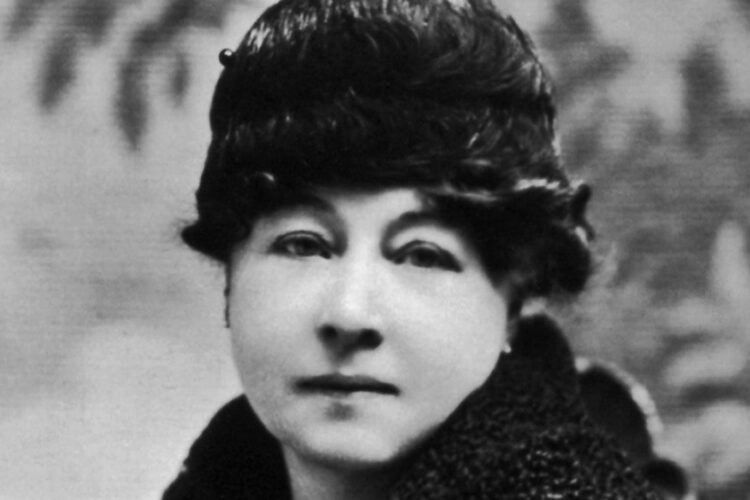Women are important to the film industry and how it was developed. Through out film’s history women have been the pioneers of film for years breaking glass ceilings and even started new trends in film. One woman who was important was Alice Guy-Blaché. She was very important in her time in the industry and even to the world. She owned her own film company and produced many films.
So who was Alice Guy- Blaché?
Alice Guy-Blaché was born in July of 1873. From 1896 to 1906 she was most likely the only female film maker in the world. Before she owned her own studio she worked at the studio of Gaumont, or Gaumont Studios. She was first hired as a secretary. After a while she then made her first film in 1896. Her first film was called The Fairy of the Cabbages. She then became Gaumont’s head of Production from 1896-1906. She is generally considered to be called the first filmmaker to develop narrative filmmaking. In 1906 she then created a film called The Life of Christ which had over 300 extras.
 In 1907 she got married to her husband, Herbert Blaché. She the resigned from being head of production for the Gaumont studios in early 1907. Even though she ended her position with the Gaumont she did not end her business relationship with Gaumont. In 1910, Alice Guy-Blaché decided to make her own studio called Solax. She decided to used the underused flushing plant owned by Gaumont. By 1911 Solax was making enough films and money to move into their own studio and that’s just what they did. They moved into a studio in Fort Lee, New Jersey in 1912 and started to produce films.
In 1907 she got married to her husband, Herbert Blaché. She the resigned from being head of production for the Gaumont studios in early 1907. Even though she ended her position with the Gaumont she did not end her business relationship with Gaumont. In 1910, Alice Guy-Blaché decided to make her own studio called Solax. She decided to used the underused flushing plant owned by Gaumont. By 1911 Solax was making enough films and money to move into their own studio and that’s just what they did. They moved into a studio in Fort Lee, New Jersey in 1912 and started to produce films.
A Big Move
Fort Lee was a big move for Alice Guy and her company. But there were some struggles, It was still tied to Gaumont and once it stopped being apart of the big leagues it ment that Solax had to negotiate the distribution and rights by a state by state basis.
Regardless though Alice Guy Blaché was important to film history. She was one of the first women directors in film and had a very successful career when she had one. Alice will always be a founding figure to women in film and to film itself as she broke glass ceilings in the industry.


Recent Comments